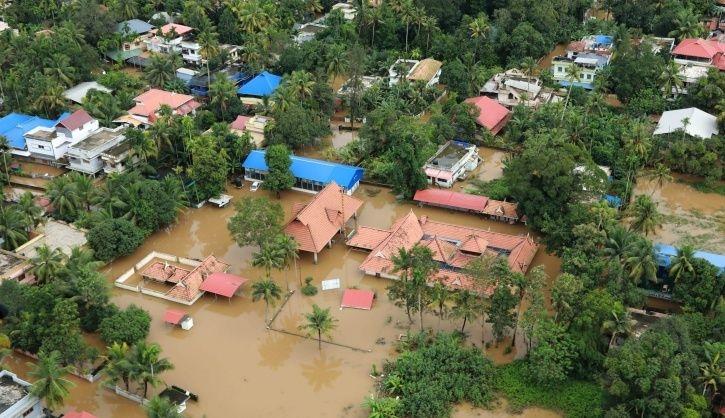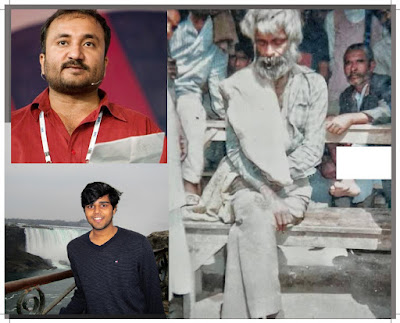When Manmohan Singh Govt Rejected Foreign Aid For Disaster Management
Kerala has been suffering from the most devastating floods in the last 100 years of its history. With more than 220 people dead, a million people have been displaced, stranded and sent to a thousand of relief camps across various districts in Kerala. There is widespread call for help throughout the country. Volunteers are coming forward in large number to help the flood victims. Airways are offering free flight tickets to doctors, skilled professional and accredited volunteers willing to participate in the relief works in Kerala. Many foreign countries are offering monetary aid for the disaster relief and rehabilitation efforts. But the recent aid offered by the United Arab Emirates has created furore in India. Kerala Chief Minister Pinarayi Vijayan on Tuesday announced that the UAE has offered to help rebuild the flood-ravaged state with an aid of 700 crores According to the CM, the offer of financial aid was conveyed to Prime Minister Narendra Modi by Sheikh Mohammed bin Zayed bin Sultan Al-Nahyan, Crown Prince of Abu Dhabi. However, the government has indicated that it is unwilling to accept the foreign aid.
When Manmohan set new policy
In 2004, the
then Prime Minister Manmohan Singh had rejected the foreign aid for Tsunami
disaster relief and rehabilitation process which set a precedent in the line of India’s Disaster Management Policy.
In December 2004, PM Singh famously said, “We feel that we can
cope with the situation on our own and we will take their help if needed.” Cuba was one such country to offer help but
India rejected it. That set the Indian policy, and Delhi has since then decided
to follow it, of not accepting aid from foreign governments. The 2004 tsunami,
which affected the coast of Tamil Nadu as well as Andaman and Nicobar Islands,
killed more than 12,000 people and displaced 6 lakh.
Apart from UAE, some other Middle Eastern country also offered helped to Kerala.
In the
past 14 years, India has refused aid from Russia, US and Japan for Uttarakhand
floods in 2013, and for the Kashmir earthquake in 2005 and floods in Kashmir in
2014. “As a general policy, in case of rescue and relief operations, we have
followed the practice that we have adequate ability to respond to emergency
requirements,” according to The Indian Express.
In 2013 when floods ravaged
Uttarakhand, the then US secretary of state John Kerry had announced a $150,000
aid to India. At that time, the Congress-led central government had turned down Kerry’s offer
and also aid from other foreign countries. A Telegraph report from 2013 said,
“India has made it clear to both the US and Japan, which offered $200,000
towards Uttarakhand relief, that it will not accept the aid and that any
funding must be given to NGOs of the foreign governments’ choice”.
Source- OneIndia.
According
to a comparative study by Kailash Gupta..
India had accepted foreign aid in response
and relief after all the disasters. However, immediately after the tsunami hit
on December 26, 2004, Dr. Man Mohan Singh, Prime Minister of India announced
that India will not accept foreign aid for rescue and relief operations. The
government thought that it is capable of dealing with the disaster and has the
necessary resources. India steadfastly stood for not accepting charity. Not
only that, India deployed its defense personnel, medical teams, disaster
experts, ships, helicopters and other type of human, material, and equipment
resources to help Sri Lanka, Mauritius, and Indonesia. It may be noted that
India itself suffered from the tsunami and was at the same time internally
responding to the aftermath of the tsunami. India is lower income group
country, while Indonesia is middle-income group country.






Comments
Post a Comment